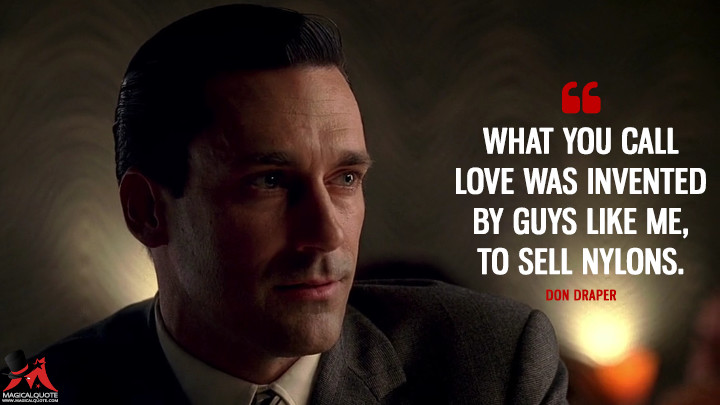Two major problems with Likeable Social Media are 1) that it is dated, and recommends Facebook advertising options that are largely not possible anymore, and 2) it implicitly presumes that all, or effectively all, the customers of a business are avid Facebook users. For example, although it used to be possible to buy ads that said, "Your Friend Susan Masten Likes:" almost no one on Facebook has enabled that setting anymore (since the default is "disable").
Of course, Kerpen allows that other social media platforms than Facebook are more popular than the "Old Reliable" with some audiences for some purposes. However, for some prospective audiences, search engine optimization and keyword-based advertising may be the most successful choice, and for others, non-Internet based advertising may be the best choice of all.
One example where Internet advertising -- at this time, at least -- is of little help is advertising a restaurant to travelers along a highway. Signage -- whether a billboard or the sign on the store -- is the clear best choice for getting hungry motorists and car passengers to pull off for a meal. Radio advertising probably comes in at a distant third, after cooperative advertising with local hotels and similar opportunities.
Although a growing number of seniors (including Gen X-ers reaching retirement age) are becoming avid Internet users, many do not use the Internet often enough for paid Internet advertising to be effective. Here again, search engine optimization and keyword-based advertising may be a good choice, since the prospective customer is already inclined to buy when the search for a seller of the goods and services they seek.
For certain businesses appealing to relatively small customer bases, advertising in specialty magazines may be the best choice. These tend to be kind of businesses whose sales are so low that the customers search for the seller as much as the other way around.
Finally, low-income groups, persons with vision problems, and low-income people with disabilities, are difficult to reach through paid Internet advertising. Direct mail, doorknob hangers, and advertising in free publications, may be the most cost-effective advertising methods.
Ultimately, the audience determines the messaging medium; Facebook is not the most effective social media platform for paid advertising in many cases, and Internet-based advertising of any kind may not be a cost-effective choice in other cases.
Of course, Kerpen allows that other social media platforms than Facebook are more popular than the "Old Reliable" with some audiences for some purposes. However, for some prospective audiences, search engine optimization and keyword-based advertising may be the most successful choice, and for others, non-Internet based advertising may be the best choice of all.
One example where Internet advertising -- at this time, at least -- is of little help is advertising a restaurant to travelers along a highway. Signage -- whether a billboard or the sign on the store -- is the clear best choice for getting hungry motorists and car passengers to pull off for a meal. Radio advertising probably comes in at a distant third, after cooperative advertising with local hotels and similar opportunities.
Although a growing number of seniors (including Gen X-ers reaching retirement age) are becoming avid Internet users, many do not use the Internet often enough for paid Internet advertising to be effective. Here again, search engine optimization and keyword-based advertising may be a good choice, since the prospective customer is already inclined to buy when the search for a seller of the goods and services they seek.
For certain businesses appealing to relatively small customer bases, advertising in specialty magazines may be the best choice. These tend to be kind of businesses whose sales are so low that the customers search for the seller as much as the other way around.
Finally, low-income groups, persons with vision problems, and low-income people with disabilities, are difficult to reach through paid Internet advertising. Direct mail, doorknob hangers, and advertising in free publications, may be the most cost-effective advertising methods.
Ultimately, the audience determines the messaging medium; Facebook is not the most effective social media platform for paid advertising in many cases, and Internet-based advertising of any kind may not be a cost-effective choice in other cases.





